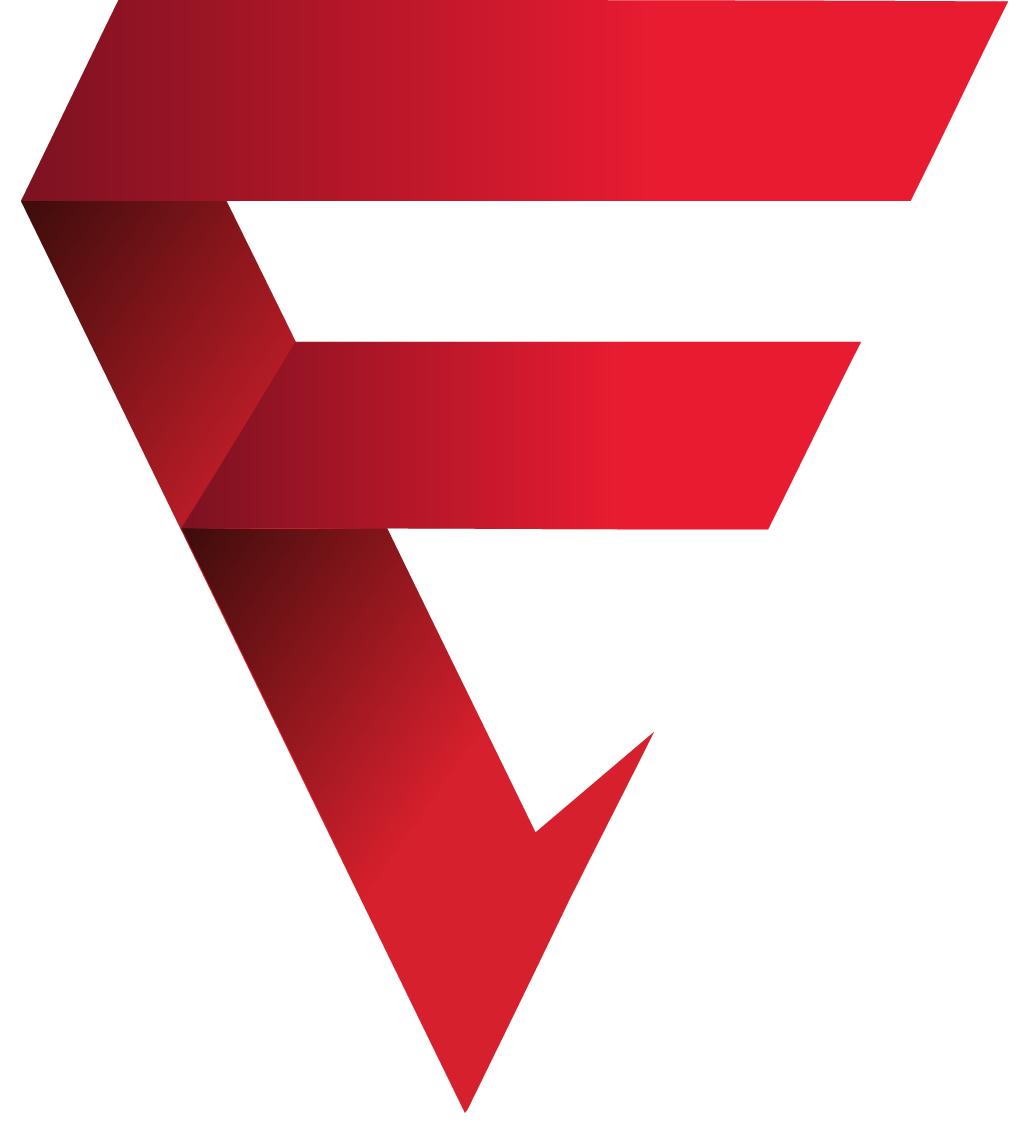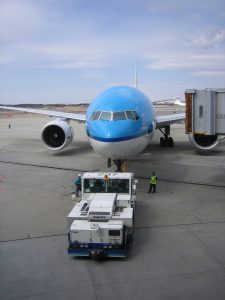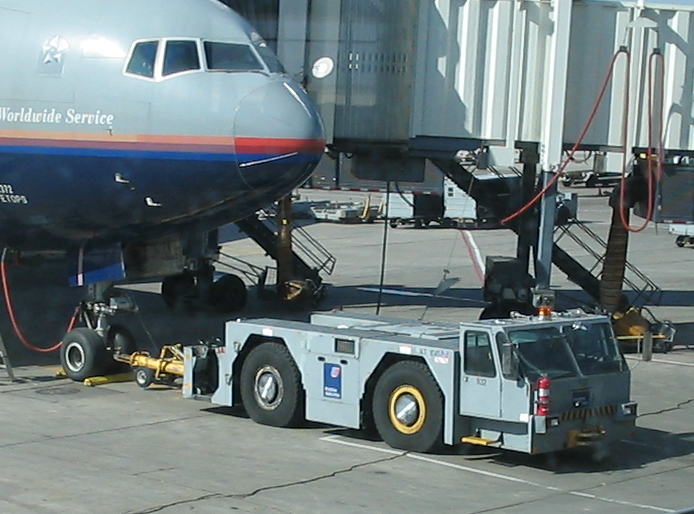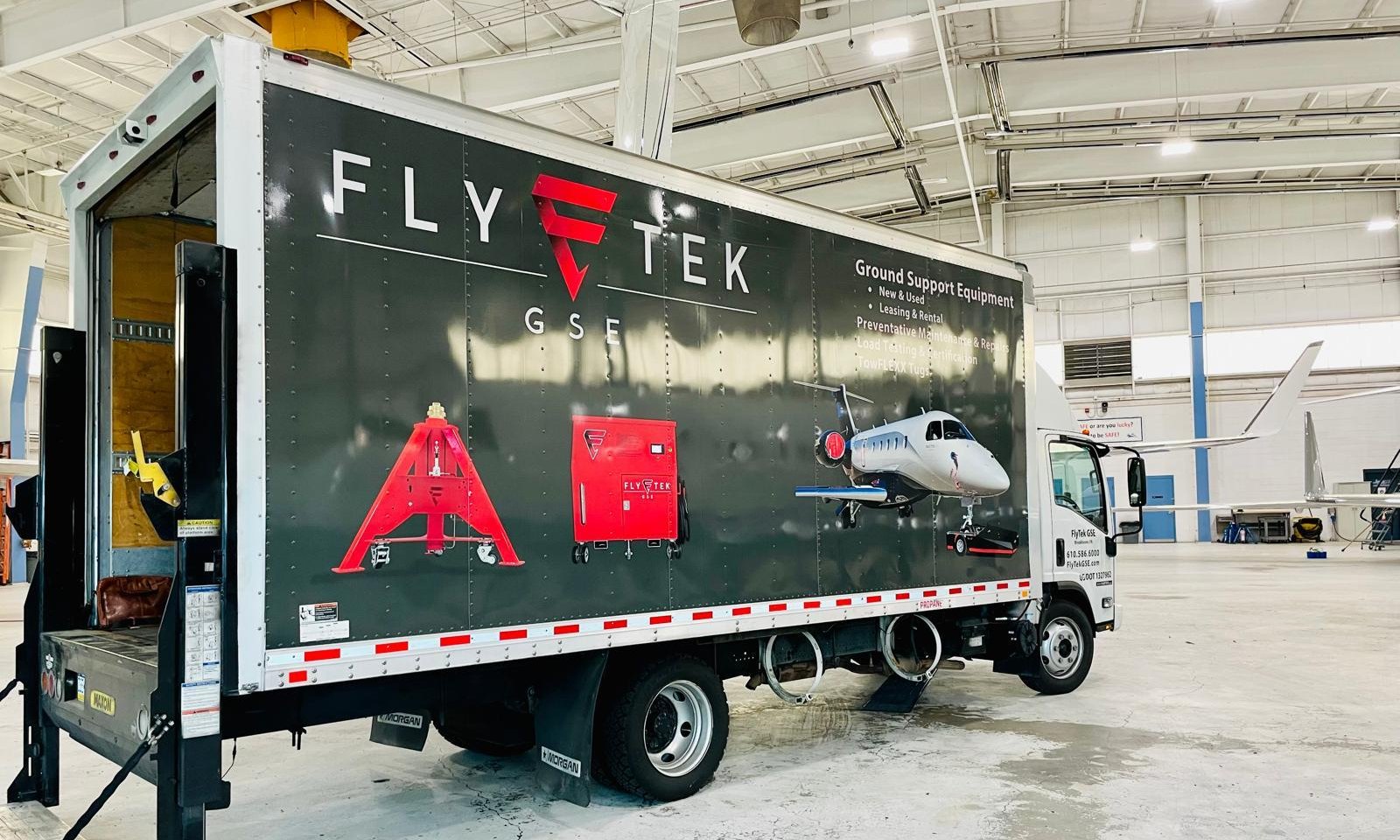Like any other key piece of equipment, aircraft towbars must be maintained regularly to preserve their useful life as well as perform their job safely and efficiently. Aircraft towbar preventative maintenance is vital to their continued operation and safety. Our approach to preventative maintenance on towbars is to follow maintenance procedures for each component of the towbar, including the towbar body, head mechanism, shear pins, tow rings, lift mechanism, and carriage, wheels, and hubs.
Although many planes can use reverse thrust to move backwards, this movement can damage the jet engines of the aircraft and poses a danger to nearby buildings and equipment. Machines such as tractors and tugs can be used to safely move aircraft backward in a process known as “pushback.” Towbars are attached to these tractors and tugs as well as to the nose of the plane being moved. Towbars are an indispensable part of the pushback and towing processes and are used with everything from small, light aircraft to massive commercial aircraft.
Towbar Body Maintenance
One of the key maintenance areas is the body (or tube) of the towbar. We carefully check the body for straightness, and if it is bowed then it is taken out of service immediately and repaired or replaced. The towbar body must also be inspected for signs of cracks. If cracks are present, the towbar body is repaired by one of our certified welders.
Head Mechanism Maintenance
There are many moving parts that need inspection in the towbar head mechanism, and this is true whether it uses a pin capture or clamp style. First, all moving parts (including linkages) are lubricated and checked for wear. For pivot-designed heads, the pivot bolt is removed to check its condition and replaced it if it seems suspect. We also verify that the actuator handle correctly locks into position.
Preventative Maintenance for Shear Pins
The shear pins carry most of the load during an aircraft transfer. They are designed to shear at a predetermined stress (psi) to prevent damage to the aircraft. As part of their regular maintenance, shear pins are inspected for the following: cracks, indentations, straightness, and overall condition. If shear pins show any signs of damage, they are replaced immediately. Inspecting the shear pins is an important step in any aircraft towbar preventative maintenance program.
Tow Ring Maintenance
Tow rings connect directly to the tractor and come in two different designs: welded and swivel-type lunette. When inspected, swivel-type lunettes are disassembled first. The threaded shaft is checked carefully for cracks, straightness, and deformation. The threaded area itself is inspected for stripped, pulled, or missing threads. In addition, we verify that a locking nut is being used and check its threads as well. When the lunette assembly is put back together, a very light film of lubricant is applies to make sure that the lunette can swivel easily.
For welded tow rings, the weld is be checked for signs of deformation, cracks, or weld failure. Repairs or replacement are in order if any damage is found during inspection of welded tow rings.
Maintenance for Lift Mechanisms
Wide-body towbars typically have a lift mechanism for raising the head of the towbar to meet the nose gear of the aircraft or to lift the towbar wheels after it has been connected to the aircraft. Preventative maintenance for the lift mechanism includes the following:
- Checking hoses for deterioration of the outer sleeves as well as cracks or leaks;
- Looking for any sign of leaks around the gland seal or manual pump;
- Checking fluid levels on the manual pump;
- Cracks, leaks, and lack of pressure need to be addressed quickly to prevent failure and damage not just to the towbar but to the equipment it is working with as well.
Aircraft Towbar Preventative Maintenance for Carriage, Wheels, and Hubs
The carriage and axle shaft are checked for straightness and cracks as well as the tightness of the hardware. The wheels need to have the tightness of the lug nuts checked. In addition, the wheels are visually inspected for cracks in the vicinity of the lug holes as well as for the presence of dents or deformation.
Wheel hubs should be disassembled and carefully inspected once every two years. Included in this inspection are the bearings, which are cleaned and inspected, then repacked with an application of fresh grease. Also included is the replacement of the wheel seals.
East Coast’s #1 Ground Support Equipment Repair & Maintenance Company
At FlyTek, we understand the needs of our customers and know that proper aircraft towbar preventative maintenance is vital to the efficient operation and safety of towbars and all ground support equipment (GSE). Many of our clients have found that outsourcing the maintenance of their GSE to a specialty company like FlyTek GSE provides numerous benefits, including minimal downtime and a significant reduction in repair costs due to quality preventative maintenance, confidence that their equipment meets industry safety requirements, and the convenience of on-site maintenance, troubleshooting, and repair.
We have highly skilled technicians and a fully outfitted facility with certified welders. They work together to perform any repairs that are needed in a timely manner. We can also help with maintenance documentation, certifications, testing, and much more. Contact us today to find out how we can help you maintain your ground support equipment.







